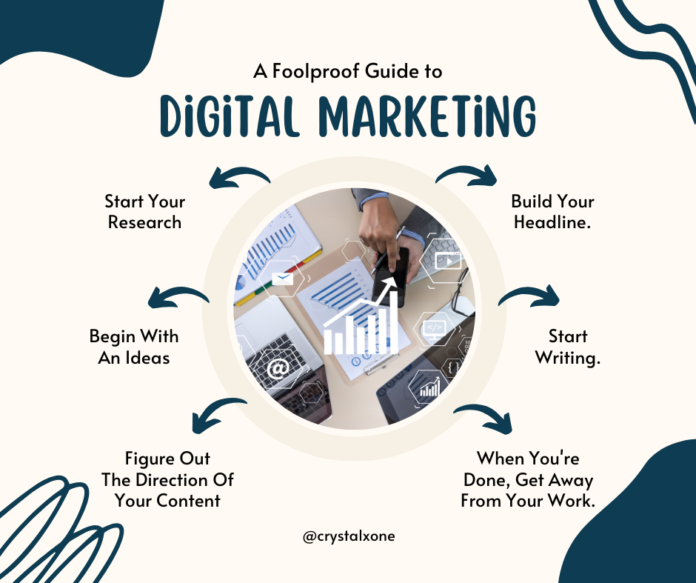Understand UK-Style CV for DevOps Roles
A strong UK-style CV is essential for landing DevOps roles in an increasingly competitive technology market. Whether you’re targeting roles such as DevOps Engineer, Platform Engineer, SRE, Cloud Engineer, or Infrastructure Engineer, your CV must clearly demonstrate technical expertise, automation skills, and the ability to collaborate across teams. This guide explains exactly how to structure and optimise your CV for the UK recruitment market.

Use the Standard UK CV Format
A UK CV is typically two pages (one page for junior candidates). Avoid photos or personal details like age, nationality, and marital status.
Structure your DevOps CV as follows:
-
Professional Profile (4–5 lines)
-
Core Skills (technical + DevOps tools)
-
Professional Experience
-
Key Projects / Achievements
-
Certifications
-
Education
-
Tools & Technologies
Write a Strong Professional Profile Tailored to DevOps Roles
Your profile should be a short, keyword-rich paragraph that highlights your experience with automation, cloud, and CI/CD.
Example (SEO-friendly):
DevOps Engineer with 5+ years of experience designing scalable CI/CD pipelines, managing cloud infrastructure on AWS, and implementing automation using Terraform, Docker, and Kubernetes. Strong background in Linux administration, observability tooling, and improving deployment frequency and reliability for UK-based enterprises.
Essential DevOps Skills to Include:
-
Cloud Platforms: AWS, Azure, GCP
-
Infrastructure as Code (IaC): Terraform, Ansible, CloudFormation
-
Containers & Orchestration: Docker, Kubernetes, Helm
-
CI/CD Tools: Jenkins, GitHub Actions, GitLab CI, Azure DevOps
-
Scripting: Python, Bash, PowerShell
-
Monitoring: Prometheus, Grafana, ELK, Datadog
-
Version Control: Git
-
Automation & Deployment: ArgoCD, FluxCD
Use Strong, Measurable Achievements in Your Experience Section
UK hiring managers prefer results-driven descriptions. Use bullet points that quantify improvements.
Examples:
-
Reduced deployment time by 70% by redesigning CI/CD pipeline with GitHub Actions.
-
Migrated legacy on-prem systems to AWS, cutting infrastructure costs by 30%.
-
Implemented Kubernetes clusters to improve reliability and support 99.9% uptime SLAs.
-
Automated manual processes using Terraform, reducing provisioning time from hours to minutes.
Tailor Your CV to UK DevOps Job Descriptions
Look for recurring keywords in UK job ads such as:
-
“Infrastructure automation”
-
“Platform engineering”
-
“Scalable cloud infrastructure”
-
“SRE best practices”
-
“Continuous improvement”
Integrating these into your CV helps with ATS optimisation (Applicant Tracking Systems).
Showcase DevOps Projects to Stand Out
If you’re early-career, projects are vital. Include:
-
GitHub links
-
Cloud architecture diagrams
-
Open-source contributions
-
Hands-on DevOps labs (Terraform, Kubernetes, CI/CD pipelines)
Ensure you keep the tone professional—UK recruiters value clarity over flashy design.
Add Relevant DevOps Certifications
Certifications are highly valued in the UK market, particularly for mid to senior roles.
Popular Options:
-
AWS Solutions Architect / DevOps Engineer
-
Azure Administrator / DevOps Expert
-
Google Associate Cloud Engineer
-
CKA / CKAD (Kubernetes)
-
Terraform Associate
Place certifications near the top of page 2 for better visibility.
Format for Readability and ATS Compatibility
-
Use a simple, clean layout.
-
Avoid tables, images, and complicated columns.
-
Use standard fonts like Calibri, Arial, or Helvetica.
-
File format: PDF unless an employer specifically requires Word.
Use Best Keywords to Boost Your SEO and ATS Ranking
Include the following (naturally, not stuffed):
-
DevOps Engineer UK
-
Cloud Engineer UK
-
DevOps CV
-
Kubernetes experience
-
AWS infrastructure
-
CI/CD pipelines
-
Automation engineer
-
UK tech jobs
-
SRE practices
-
Infrastructure as Code
Final Tips and Information for a UK-Optimised DevOps CV
- Keep it concise but impactful
- Prioritise achievements over duties
- Use UK spellings (optimise ➜ optimise, organisation ➜ organisation)
- Tailor for every application
- Include GitHub/LinkedIn links















